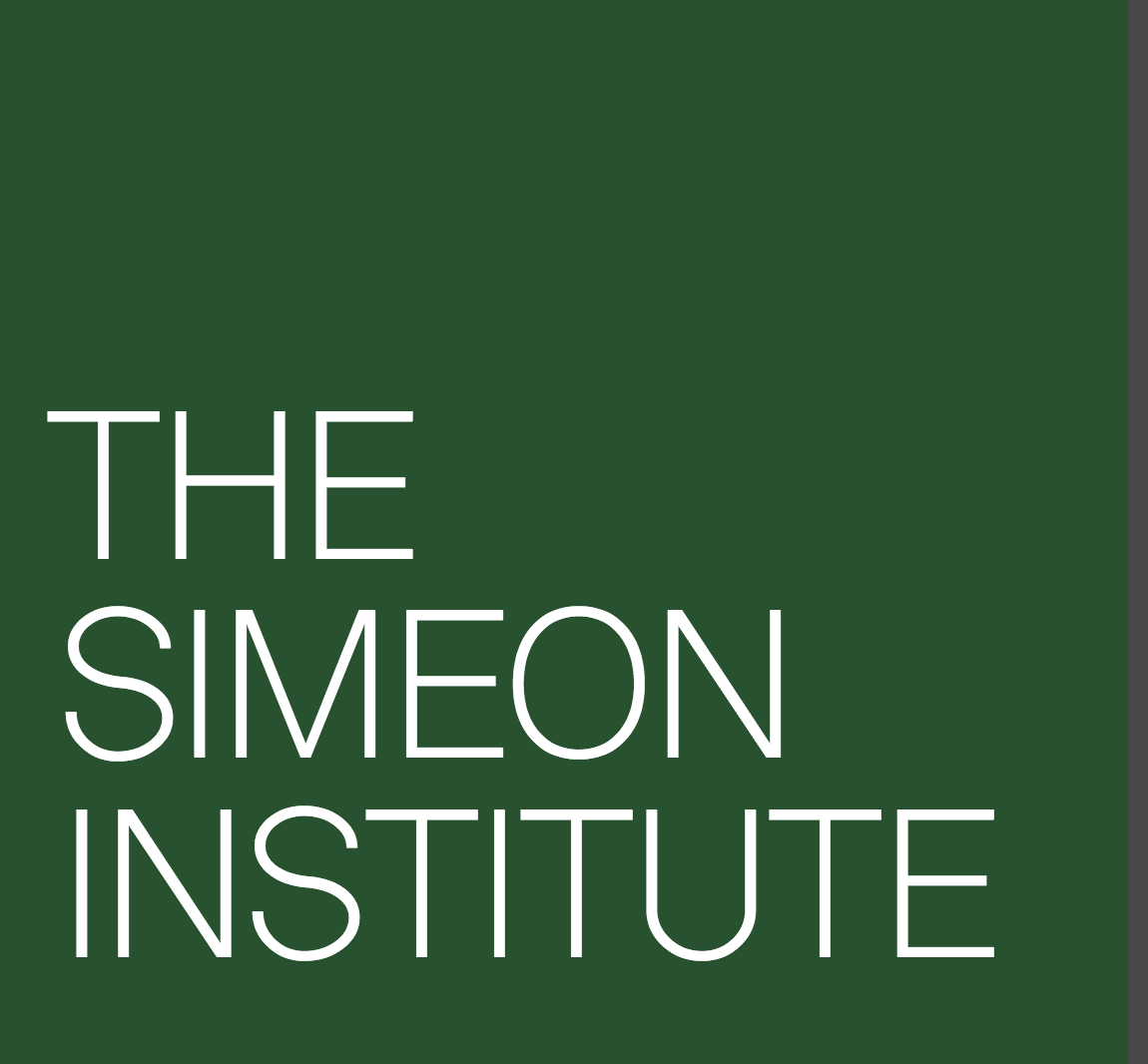DO WE HAVE CRISIS MANAGEMENT ALL WRONG?
/Standards, best/good practices, rubrics and operational audit formats seem to be reproducing at an alarming and staggering rate. ISO 22301 is now released, but it remains to be seen how this will converge with NFPA 1600, EMAP and the other professional practices formats out there competing for our attention. Local agency techniques, business continuity management and social sector approaches all tend to take slightly different directions. The old timers are experts at SEMS, NIMS, ICS and so on, which assumes a specific scale, level of preparation, access to resources, management style, electricity, (now internet), and organizational context. These entities generally have a functioning EOC, lots of practice, trained first responders and outside mutual aid potential (and pre-existing agreements). Yet, most initial responses, (perhaps lasting longer than planned for), involve either small work groups or families with:
Lower levels of training
Unfamiliarity with NIMS and ICS
Potential isolation (and marginalization) from a centralized command and control function
Possibility of necessity for long-term and sustainable continuity of operations, (or simply survival)
Relational challenges if the group had not worked (or exercised) together in the past, leading to team complexities
Lack of resources
More characteristics are possible that might further complicate the response to a scenario or different threat. The traditional 72-hour kit still helps, but challenges like Superstorm Sandy showed that this is a small part of the challenge.
As an example, we seldom consider a world without electricity. Yet the complex, interdependent, tightly-coupled systems we have created sometimes presume that adequate power will always be available. From the internet to refrigeration to hospital life-sustaining systems, the loss of electricity promises far deeper implications and consequences than we generally suppose. A power outage is fraught with cascading implications, depending on the context, preparation, duration, individuals involved with direct response, secondary and tertiary crises, status of central command and EOC, mutual aid, contingent acquisition agreements, plans in place, and previous opportunities to practice for such an occurrence, (among other possibilities). New York's "diesel bucket brigade" is a shining example of perplexing problems.
In Resilience, Zolli and Healy lay out a framework for thinking about this. The Salvation Army uses a crisis management format for day-to-day operations. The University of California system is considering a related idea for certain projects.
These are helpful for thinking about a bottom-up version of “functional crisis management” as a management template for the kind of scaled-down, isolated, under-resourced, relationally-complex responses of the future, facing sense-making challenges and wicked problems. But Newtown, Sandy and the 2011 Tōhoku earthquake and tsunami have changed our world forever.
How many more black swans will it take to figure out “fat-tailed” crisis management? Who is working on this?
tags:
In Crisis, Disaster Tags black swan, ICS, ISO 22301, Newton, NFPA 1600, NIMS,resilience, Sandy, sense-making, wicked problems, Zolli

